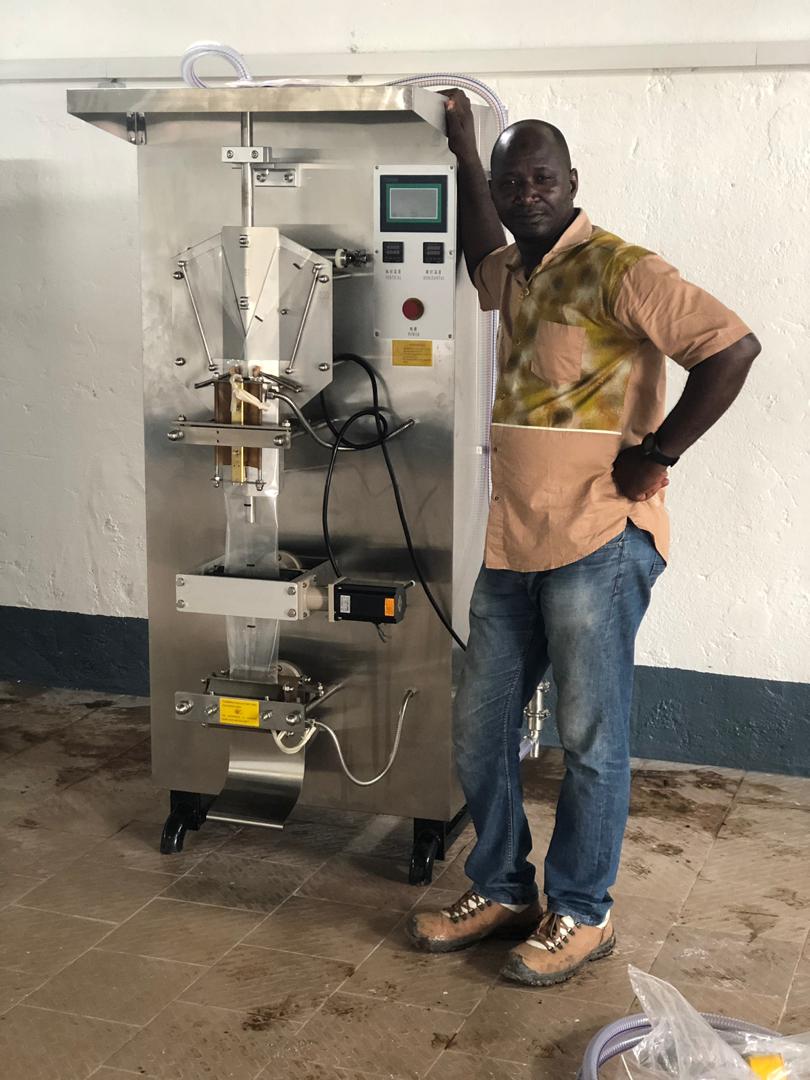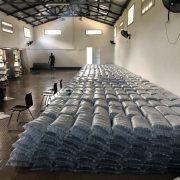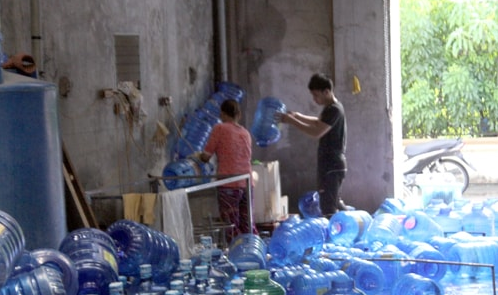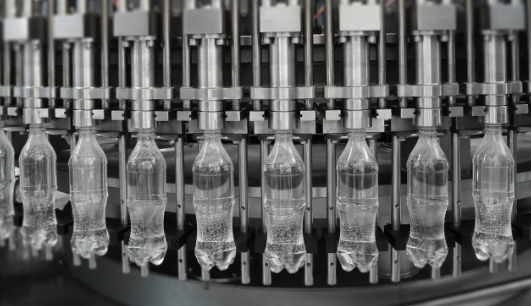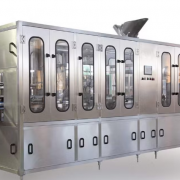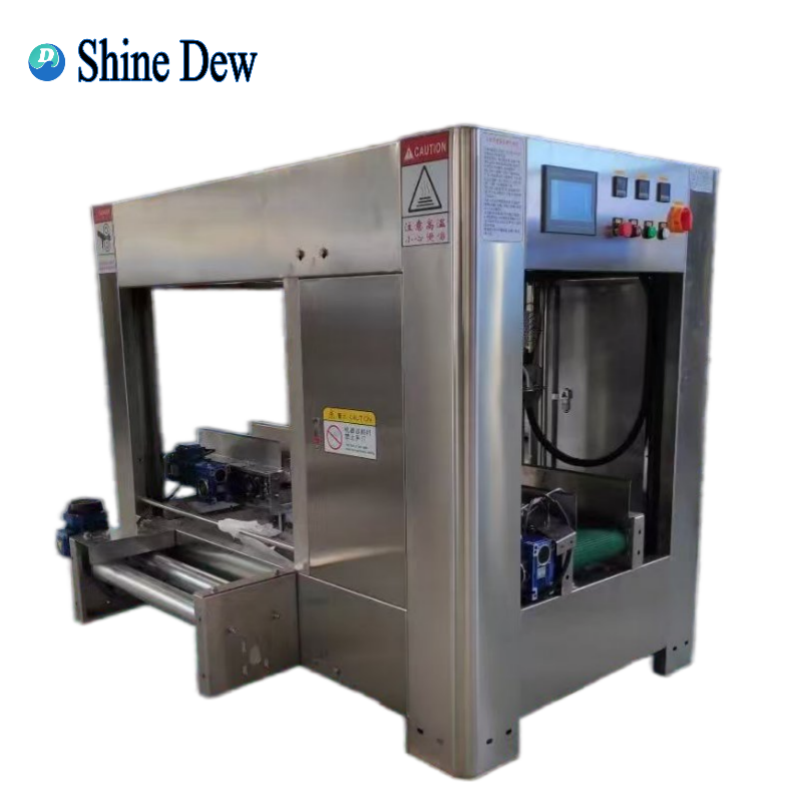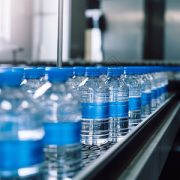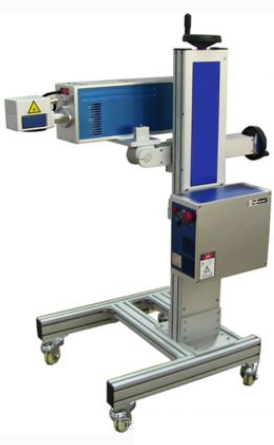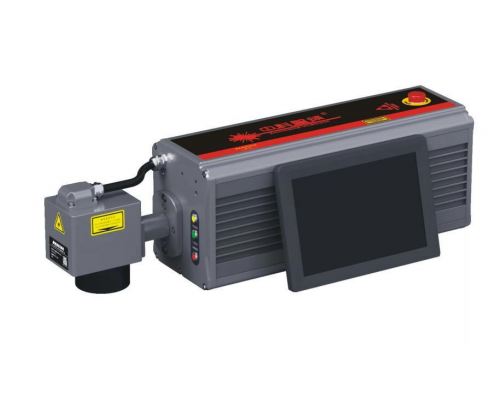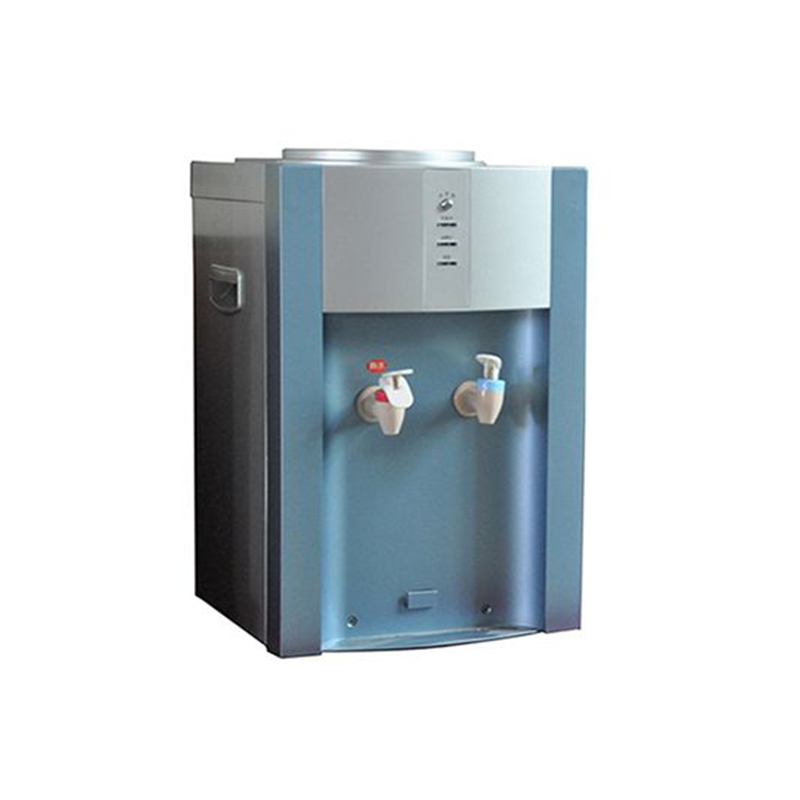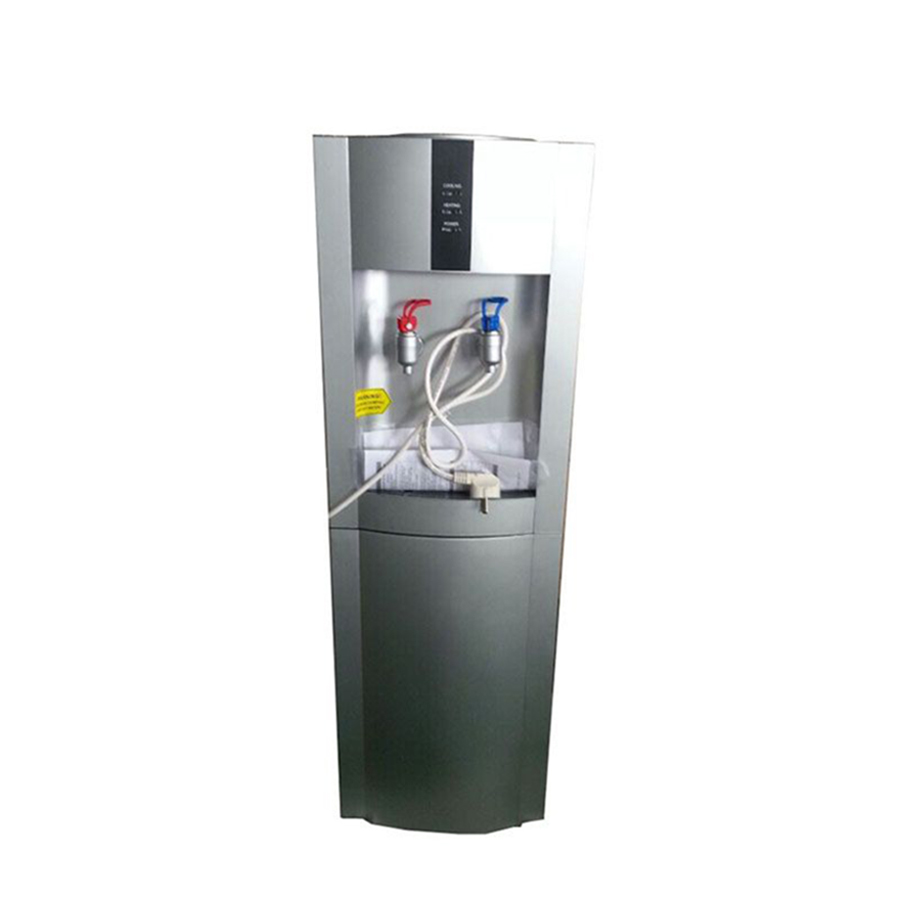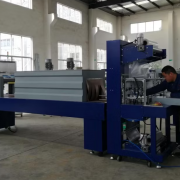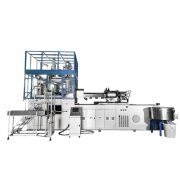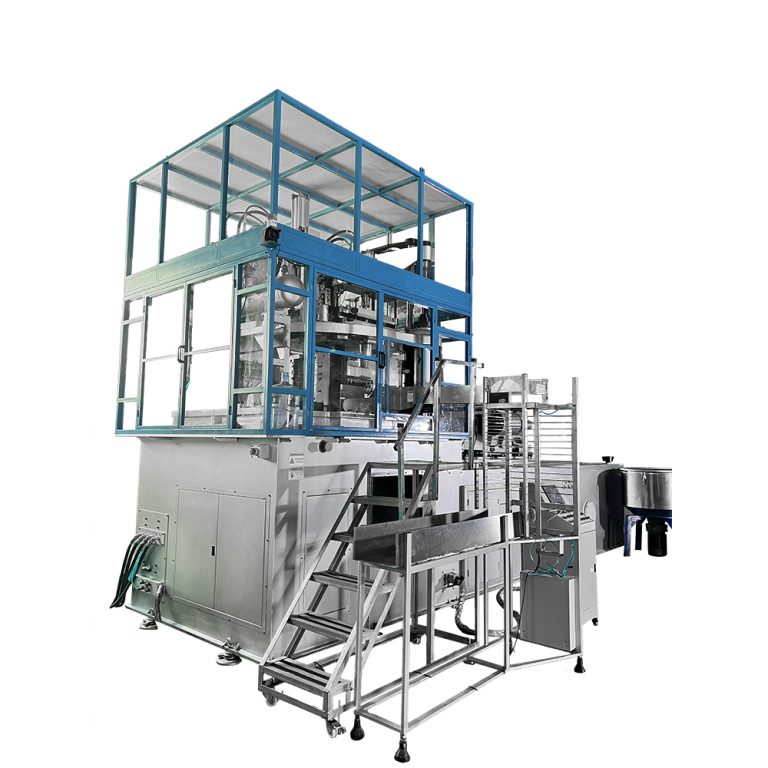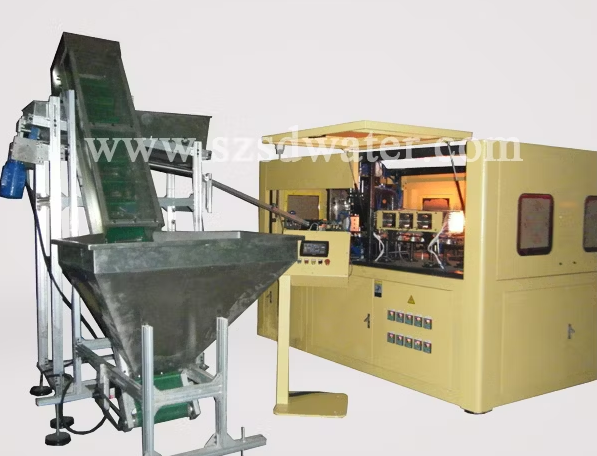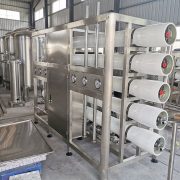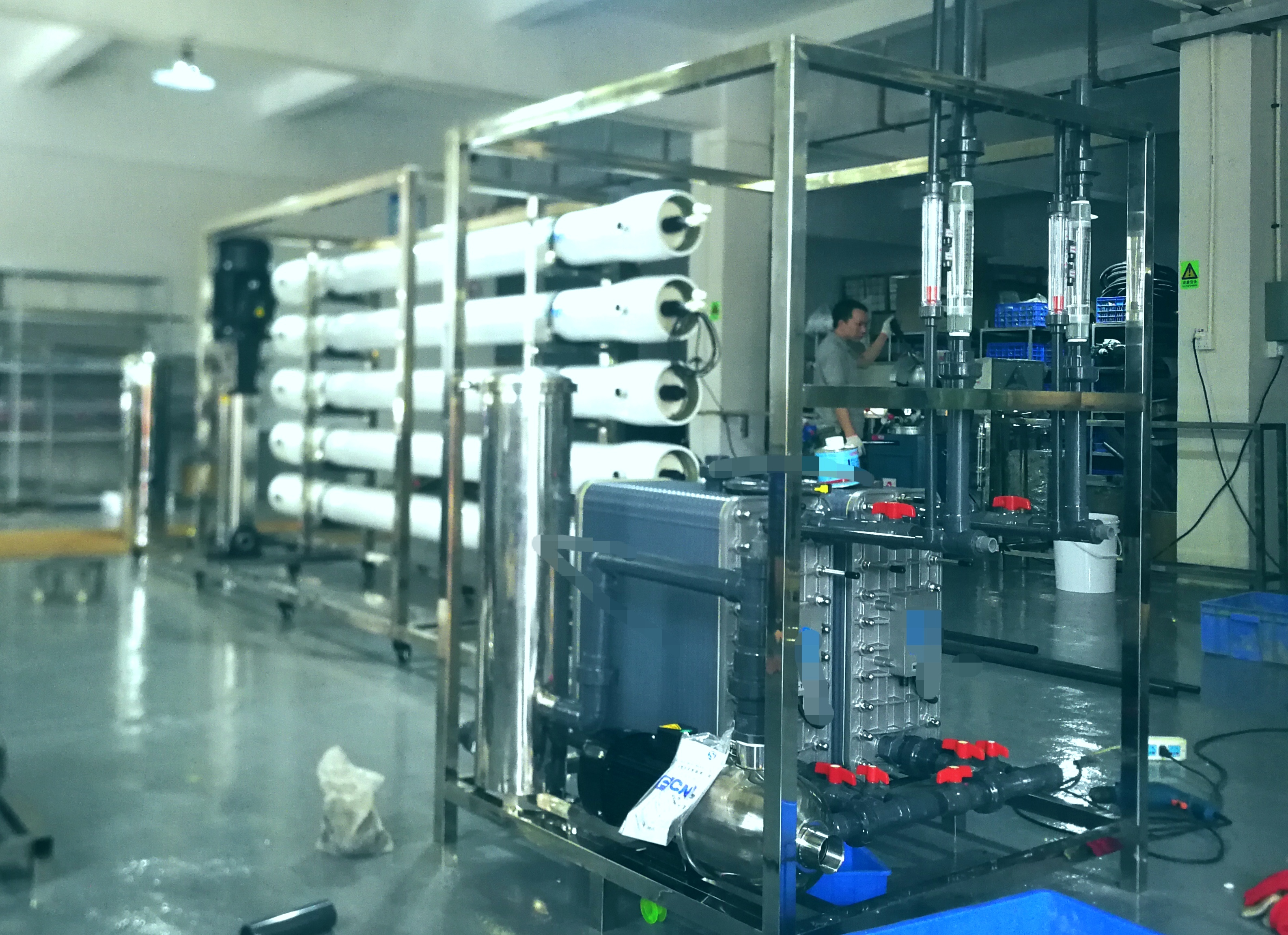Fluid Packaging Redefined: The SD-500B Fully Automatic Pouch Filling and Sealing Machine
In response to growing consumer demand for convenience and sustainable packaging, water and juice pouches are gaining significant market share as a lightweight, portable, and low-packaging-cost alternative. Traditional filling methods often struggle with efficiency bottlenecks and hygiene control, making fully automatic pouch filling and sealing systems the intelligent solution to these challenges.
The SD-500B Plastic Pouch Filling and Sealing Machine is engineered for various liquid food products. Constructed with food-grade 304 stainless steel for all product contact surfaces—including filling valves, piping, and sealing components—it fully complies with GMP and food safety standards. At its core, a microprocessor-based control system automates the entire process: from film unwinding and pouch forming to volumetric filling and heat-seal closing, all managed through an intuitive interface.
Its technical advantages are multi-faceted. With a production capacity of 1,500 to 1,800 pouches per hour and a flexible filling volume range of 50 to 550 ml, it adapts to diverse product specifications. The compact, integrated design (1050×850×2050 mm) optimizes floor space, while standardized components and emergency stop safety features ensure long-term operational stability and reliability, significantly reducing maintenance costs and downtime risks.
As a technological achievement from ShineDew Machinery in the packaging field, this equipment not only enhances production efficiency but also delivers notable economic and environmental benefits through reduced material consumption and optimized production flow. We provide comprehensive support—from equipment configuration and process commissioning to ongoing technical service—empowering our clients to navigate the rapidly evolving market with confidence.